KW Berlin’s Paradigm Shift: EMMA ENDERBY
|Claire Koron Elat
Founded in the early 1990s when Berlin was truly “poor but sexy,” KW has since become one of the city’s most important public institutions. While its founders, Klaus Biesenbach, Alexandra Binswanger, Clemens Homburger, Philipp von Doering, and Alfonso Rutigliano were able to utilize Berlin’s post-Wall spirit to stage monumental exhibitions that shaped an international art discourse, conditions for public art institutions have drastically changed today. Berlin is no longer poor, and only arguably sexy—and yet there is systemic underfunding for the arts.
Starting in May 2024, Emma Enderby will succeed KW’s current director Krist Gruijthuijsen, which was announced today. The current Chief Curator and Head of Program and Research at Haus der Kunst in Munich talked to Claire Koron Elat about her plans for KW, the city’s institutional landscape, and the necessity of art during contemporary paradigm shifts.
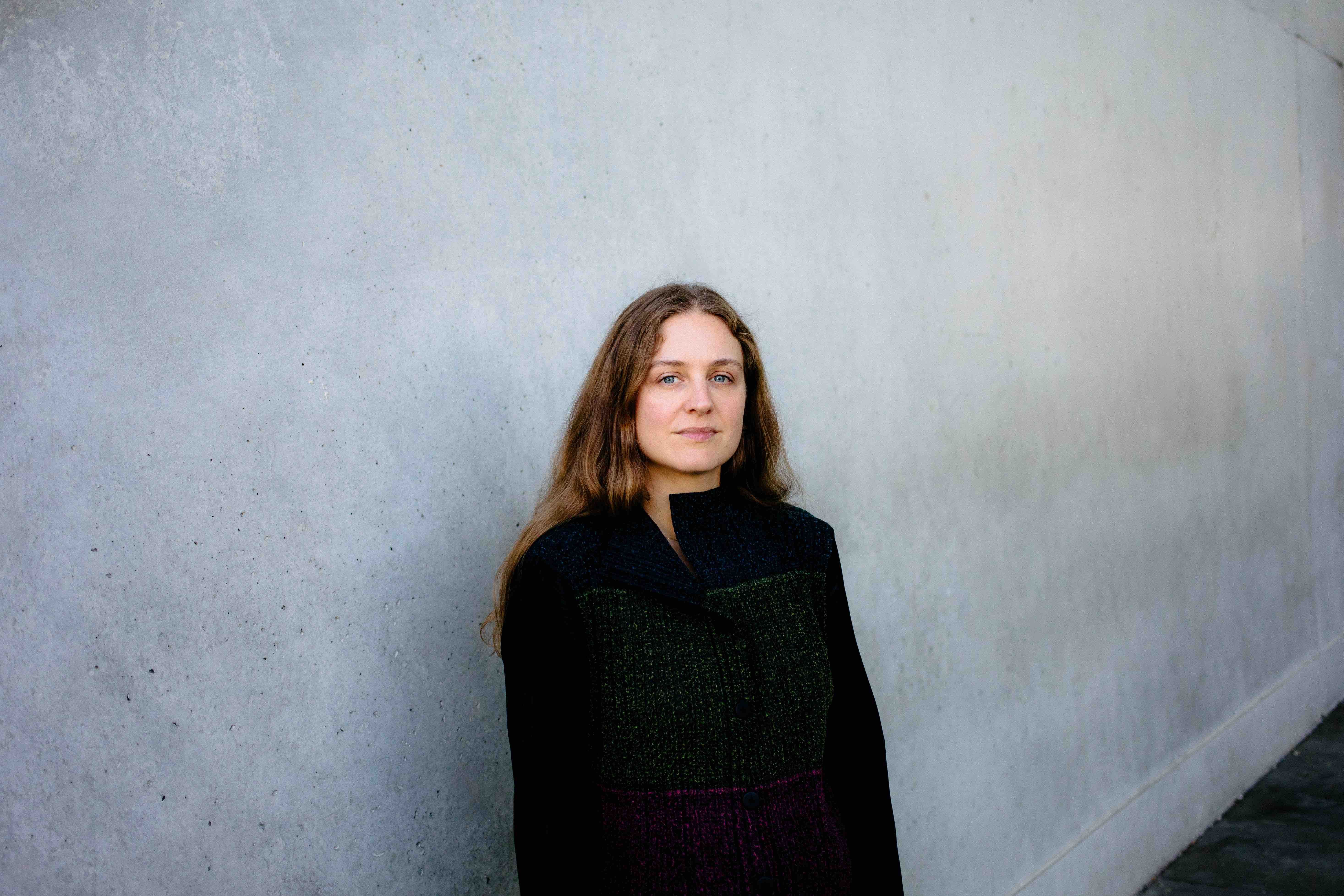
CLAIRE KORON ELAT: You’re part of a wave of new museum director appointments in Berlin. There’s been Klaus Biesenbach at Neue Nationalgalerie, Anna Gritz at Haus am Waldsee, the curatorial duo Sam Bardaouil and Till Fellrath at Hamburger Bahnhof, Bonaventure Ndikung at HKW, and Jenny Schlenzka at Gropius Bau. How do you position yourself as a director with a curatorial practice but also as an institution within this group?
EMMA ENDERBY: It is an interesting shift in Berlin with these changes in leadership. I know some of the colleagues you mentioned from previous jobs, and I’m really excited about joining them, as it’s also an opportunity for these institutions to collaborate. Yet you obviously have divergent programs.
What’s unique about KW is that it was born during this kind of hopeful, positive moment in Germany and has since been a central institution for Berlin. I want to keep up this spirit of hope as a kind of backbone of this institution. It has a great position because of its scale and its administrative structure, which makes it able to be responsive and allow for experimentation while at the same time supporting long research endeavors. I’m excited to bring those two different rhythms to the program—one that is faster and one that is more about long-form discussions and specific research topics that artists are interested in.
CKE: And if you look at the institutional landscape in Berlin at large, there seems to be the constant issue of museums and public institutions being underfunded. Having previously worked in New York and Munich, where private funding and philanthropy are much more present, what do you expect from Berlin, and what changes do you think are possible in this field?
EE: I don’t think I’ve ever worked with an institution where you’re not always hustling for funding—whether that’s through grant proposals or working with individuals or corporations. It’s part of the game. If you look at the US, there isn’t really any kind of government support. It’s incredible in Germany that you have this baseline of support from the government, essentially, from the taxpayer—people believe in supporting the arts through their taxes. Still, most directors need to fundraise outside of this system.
I do see a shift coming where more and more individuals and corporations are understanding their civic role and the importance of supporting culture in a deeper way. And often it’s through partnerships and not just a cheque.
CKE: How do you perceive the art scene in Berlin? Some people say that gallery exhibitions are often on a higher level than institutional shows.
EE: I think that’s the case all over the world. And it’s because it’s not only a question of resources, but also of relationships. Often, galleries have very long-standing relationships with artists and are therefore able to realize a vision in a different way. As an institution, your role is to be a partner to the artists and help them realize their vision. But your other role is to translate the artist’s vision for a really broad public, to transmit, and to engage.
What I also appreciate about Berlin is that it’s very dynamic and fluid. There is no one art scene.
CKE: In terms of translating work for a larger audience, there is the danger of an institution infantilizing its audience by either being overly pedagogic or simplistic in mediation. In contrast, the critique of gallery shows would be that some of them are only specifically targeted to art world professionals.
EE: There have to be different layers of interpretation and engagement. Some people don’t want to read at all, whereas others want to get the catalog and read academic essays on an artist’s practice. So, I think offering a full spectrum of interpretation is one way. But it really begins with the minute someone gives you their attention. How does an image appear in the street? How does text get interpreted on a poster? When they enter the building, do they feel as if they should walk in? Do they feel like they belong there? It begins in this more subliminal way—even before the visitor gets to read wall text, for example. Those are the mechanisms I’m interested in and I’m also thinking about how we can learn from other worlds and disciplines, creating more intersected ways of thinking about the function of communication.
CKE: One institution here, Schinkel Pavillon, has been explicitly creating this sort of intersection on a social but also thematic level. I don’t think there is another art institution in Berlin that has acquired this special status of being a “cool” gathering place for people who are more in the club or fashion scenes and not the traditional art world. These people wouldn’t go to an opening at Gropius Bau, for instance.
EE: I think they’ve done an incredible job creating a space where people feel safe. And also being specific about the people they want to communicate with, the people who want to understand the universe and matrix of the work that they feel connected to. I think that program has been very successful in doing that.
I’ve always been interested in artists who work at a slightly different intersection. They’re either more transdisciplinary or who work outside of art— activists, scientists, or academics. An institution is in such an amazing place, as you’re able to bring all these different modalities, ways of thinking, and disciplines together. It is such a privilege. I’m definitely planning to go beyond visual art and broaden the scope of what people think belongs.
CKE: And you’re obviously not starting at a newly built institution, but one with a great history. In terms of the program you’re planning at KW, how will you acknowledge the institution’s history while still establishing something new?
EE: KW has an incredible history. And there are aspects of its program history that will be important to maintain. It’s also important to have the support of Berlin’s plurality. In my own curatorial practice, I’ve been interested in thinking about an alternative or more plural canon. I want to bring in artists that have perhaps been overlooked or that have an alternative canon to what we understand. So, it will be a mix for me: upholding a great programming and legacy, but also thinking about how we continue to push and broaden and bring in more transdisciplinary practices. The other thing that I’m interested in exploring as a director is to rethink some of the institution’s structures. KW has an existing, brilliant curatorial team, and I’m so excited to work with them. I’m interested in what other modalities of curatorial practices could unfold there.
CKE: Is there any specific part of the institution’s structure that you would like to change?
EE: We’re living in a world where we have to rethink aspects of accessibility and sustainability. That’s very important to embed within an institution. That’s something that can also be merged with artistic production. When you’re working on these institutional structures, it’s not completely siloed from the audience’s understanding of an effective programmatic framework. What I mean is, you’re working on an idea of a restructuring within an institution that connects to wider issues of how that institution works and functions, how it generates energy, food waste, etc. This needs to be pulled into the program.
CKE: KW’s recent program has been focused on what’s been called an artist-driven direction and has shown a lot of political positions, also explicitly coming from post- and decolonial discourses. What is the role of an art institution such as KW in a continuously heated political climate on a local, national, and international level?
EE: Institutions play a fundamental role in that because you’re a transmitter. Art has always been and will always be a portal or mirror that reflects, helps you understand, and reassess contemporary paradigms. As an institution, we should think about these critiques or the presentation of ideas that you just mentioned—from post-colonialism to ecological or technical realities, social issues, and shifts. I mean, we’ve just come out of an election in Bavaria [Editor’s note: where the populist rightwing party Alternative for Germany (AfD) received the second highest number of votes]. We need to understand that there is a seismic shift happening and that artists are going to want to think about that within an institution.
Credits
- Text: Claire Koron Elat
Related Content
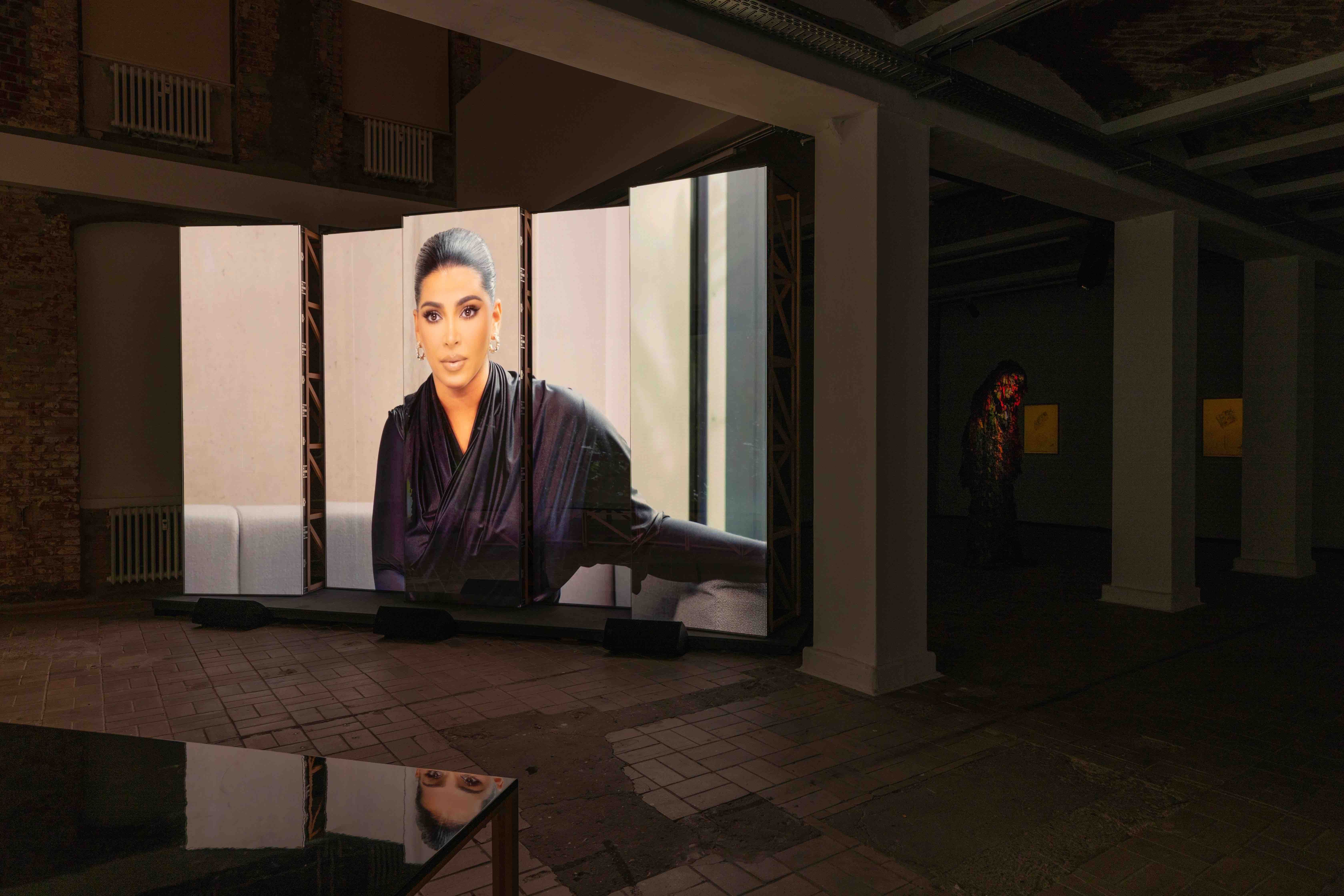
INVENTING KIM KARDASHIAN: CHRISTOPHER KULENDRAN THOMAS
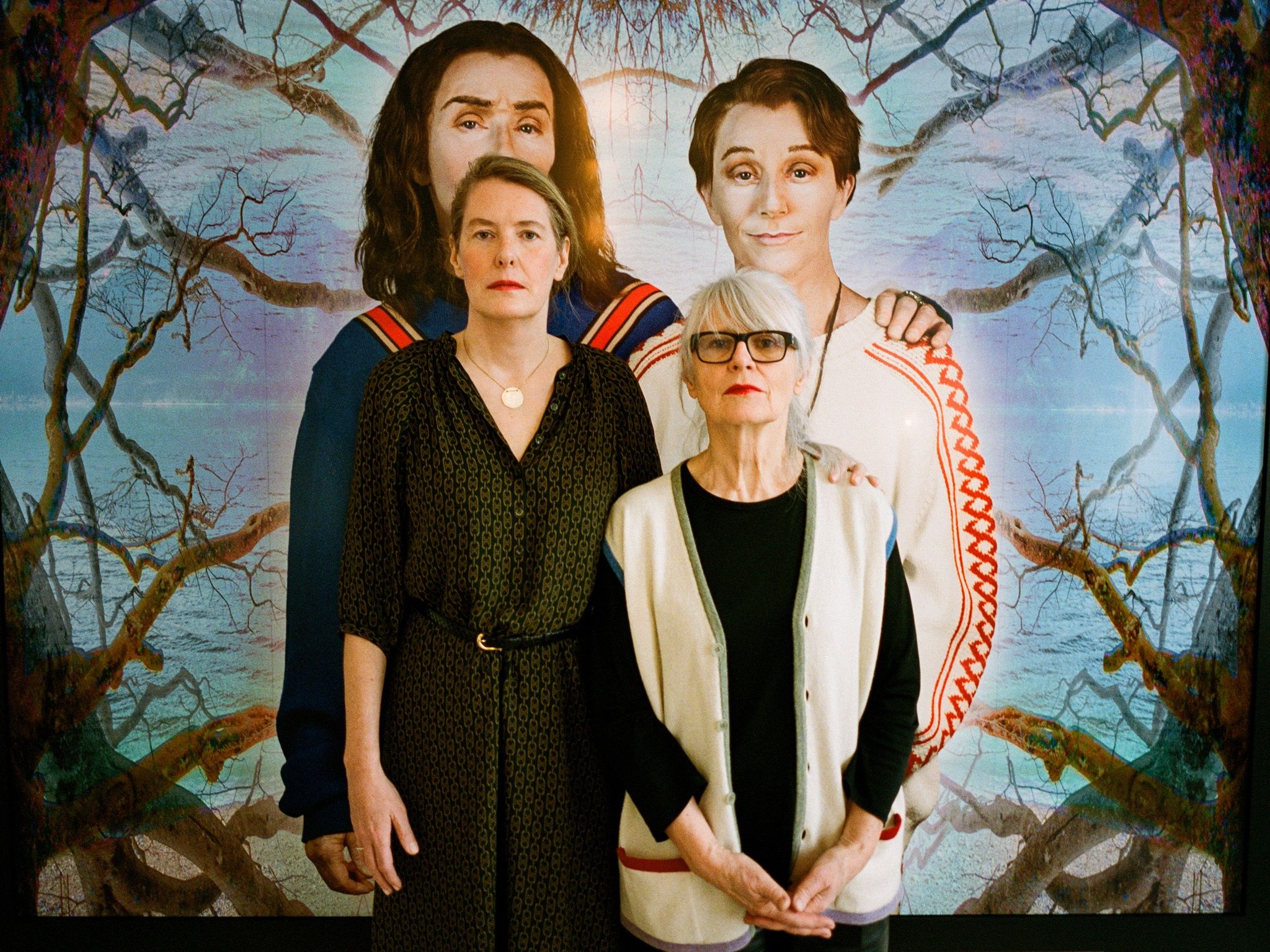
SPRÜTH MAGERS: The Art Gallery and the World
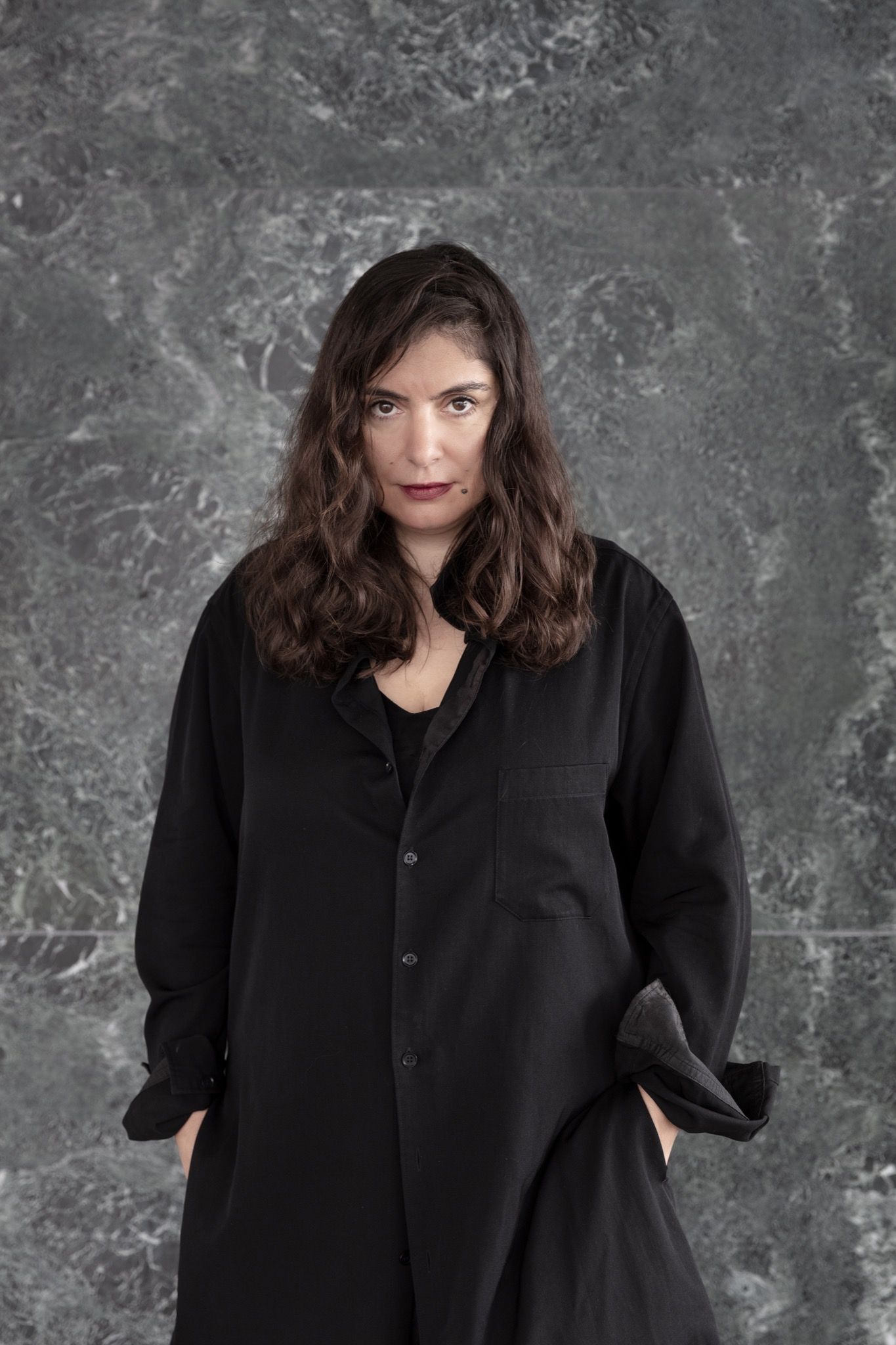
In a Perpetual Now: ROSA BARBA at the Neue Nationalgalerie
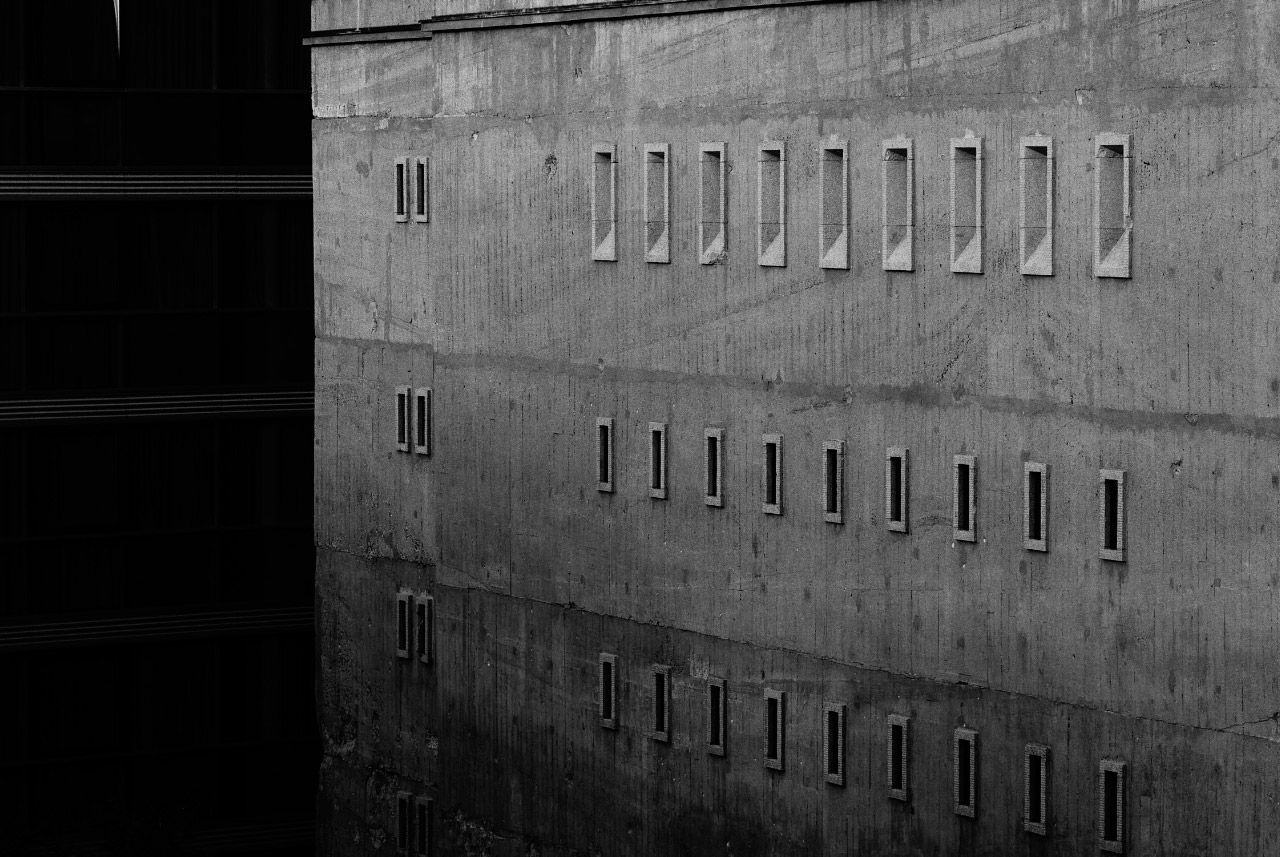
Art Under Construction
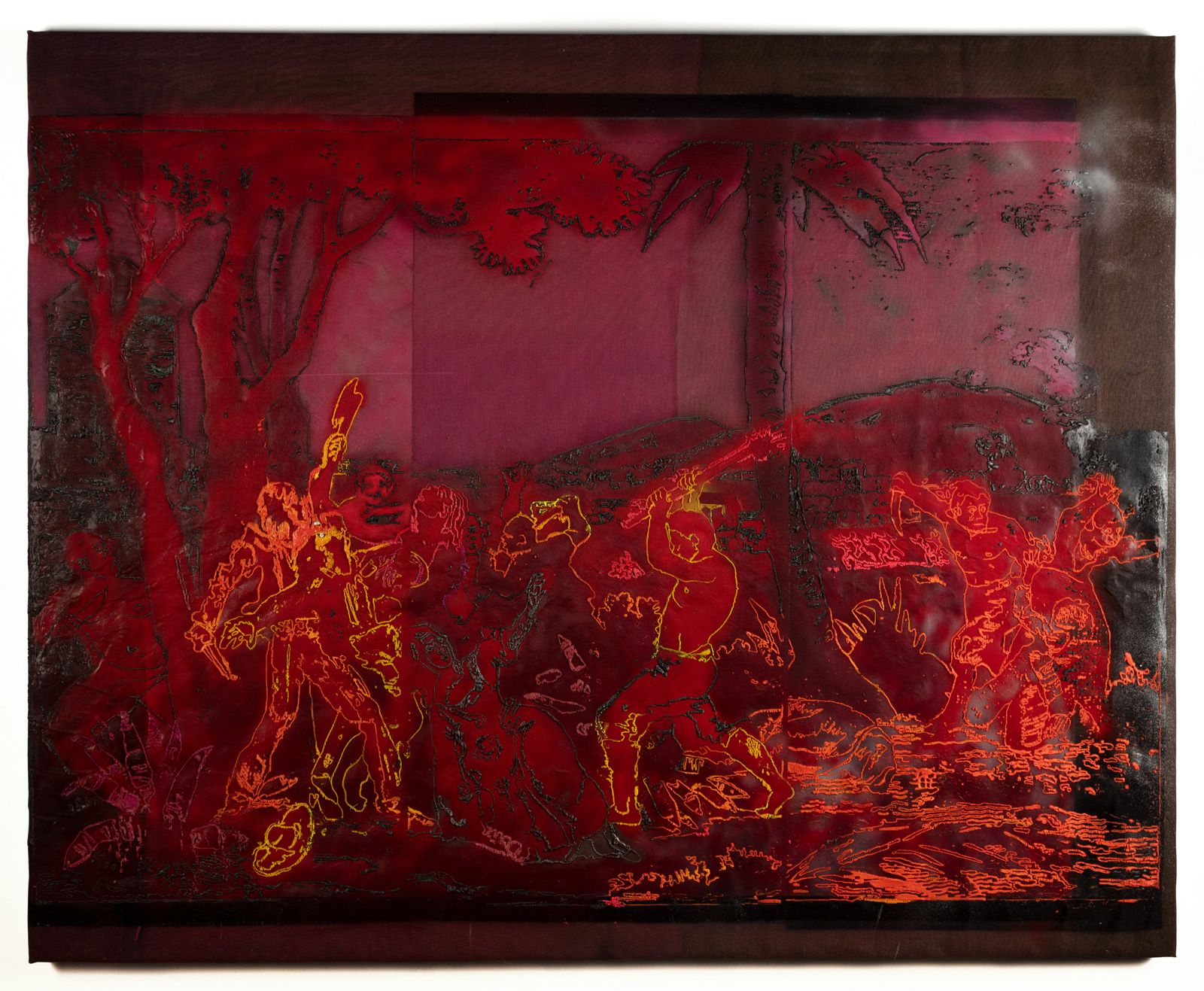
SMASHED COLLARBONES: Berlin Art Week 2022
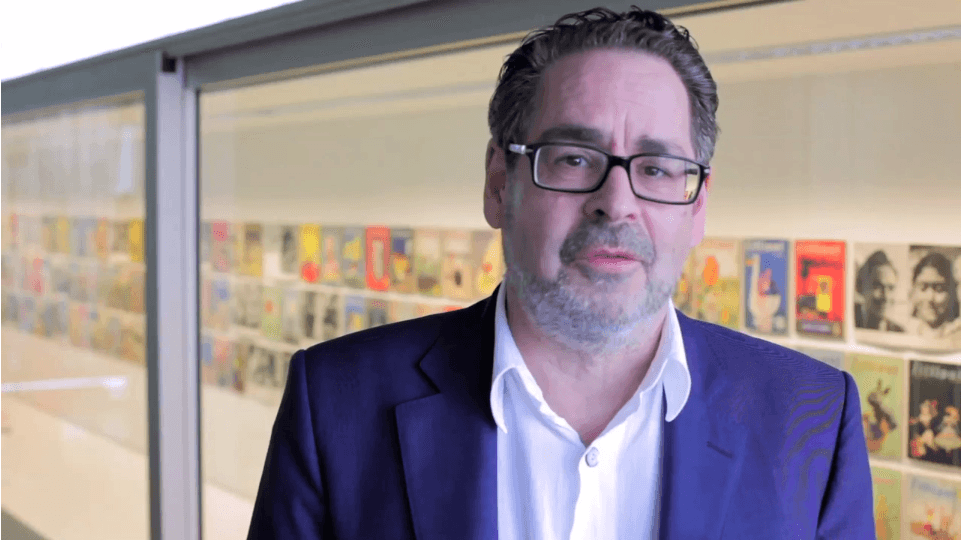
“It is by far the BIGGEST EXHIBITION I’ve done in a small space over the past 25 years.”
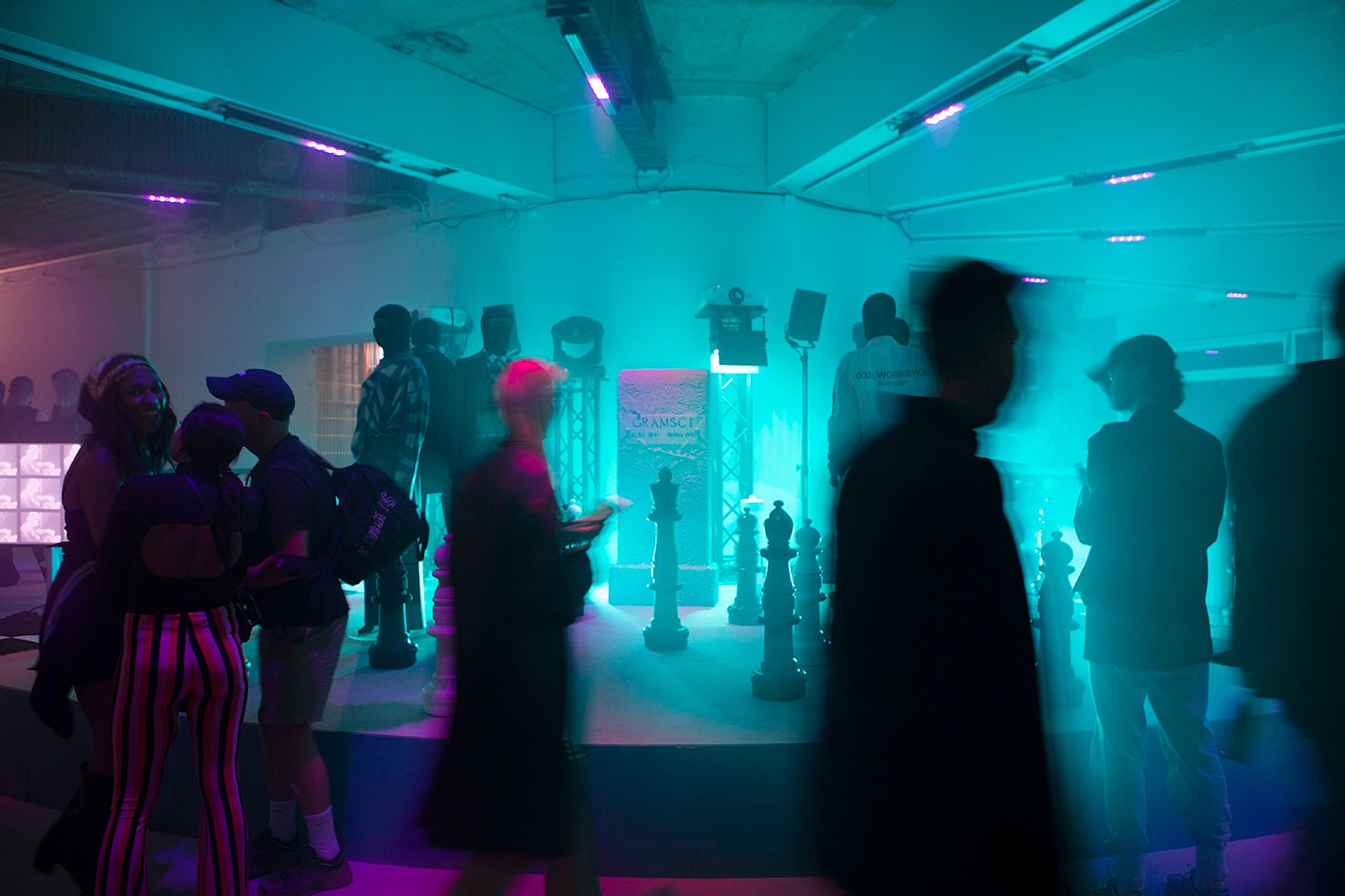
Festivals & Futurism: Disappearing Berlin + Reference Festival @ BIERPINSEL Recap
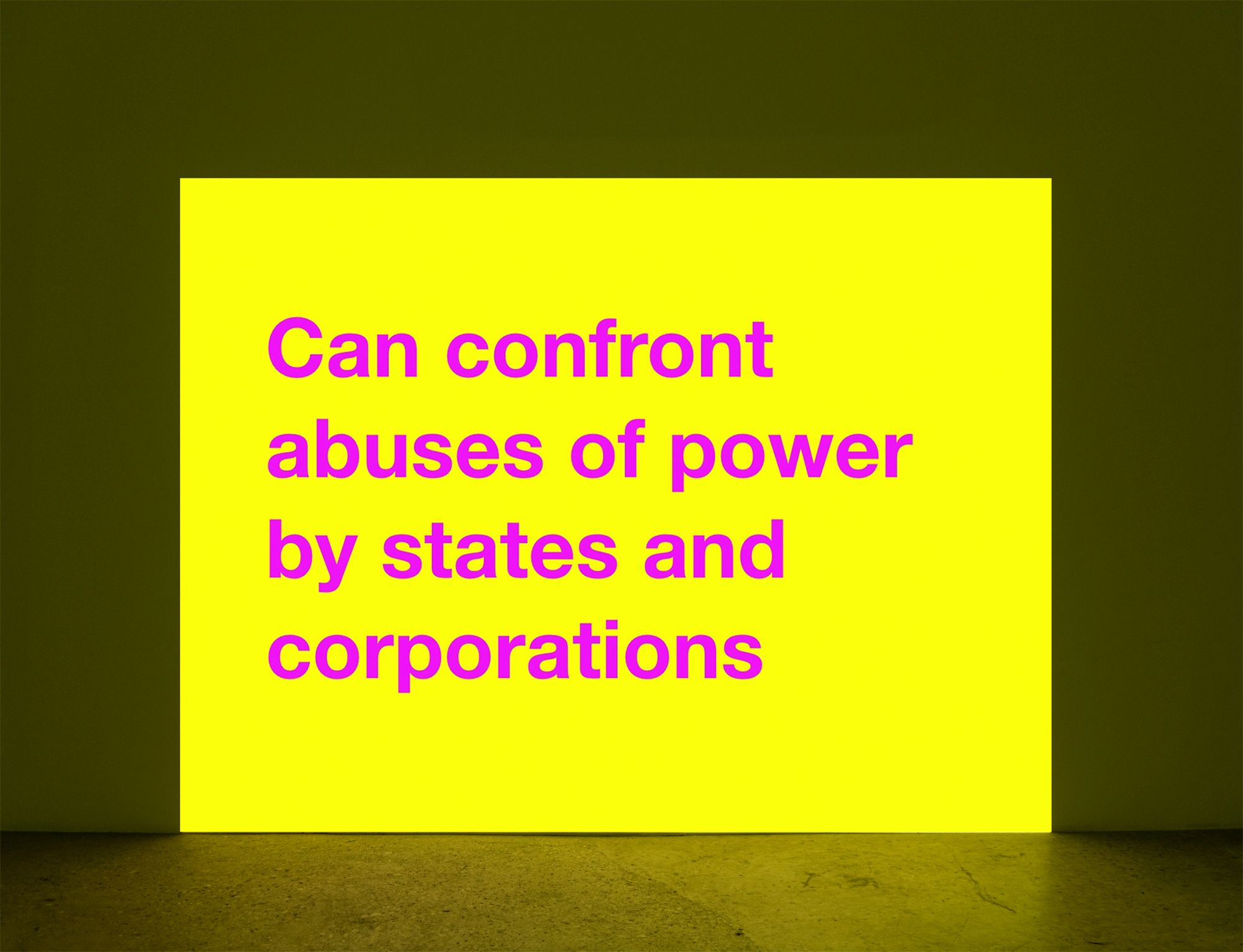
Disco Isn’t Dead. It Has Gone to War